
When people think of coin value, rarity easily comes to mind, and they’re not wrong. However, do you know that how you treat coins also determines the value of your entire collection? One careless move and hundreds of dollars gone. This list is for anyone who wants their coins to keep (or grow) in value. Skip these mistakes or pay for them later.
Touching Coins With Bare Hands

They look tough and invincible, but your fingers are full of oils and microscopic grit that chemically react with metal surfaces over time. Even a quick touch can trigger slow, silent damage you won’t notice until the patina darkens or corrosion sets in. Wear gloves or risk irreversible harm.
Cleaning Coins With Abrasives

You wouldn’t scrub a museum artifact with steel wool, so why attack your 1921 Morgan Dollar with toothpaste and hope for the best? Harsh cleaning strips away originality. Every rub deletes fine detail and kills market appeal. Those micro-scratches make collectors cringe, and there goes the value.
Storing Coins In PVC Holders
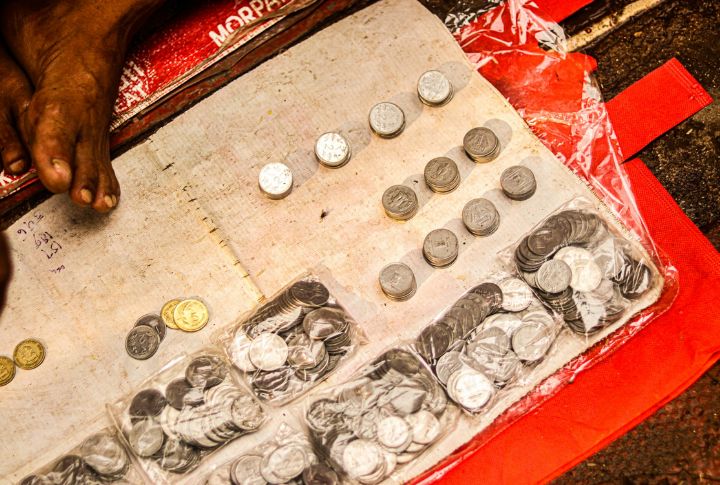
When something is clear and cheap, it feels convenient. However, PVC flips are slow-motion value assassins. As time passes, they break down and ooze corrosive chemicals onto the metal. That sticky green mess is irreversible damage. So, don’t let your coins soak in poison. Spend more on storage.
Letting Coins Rub Together
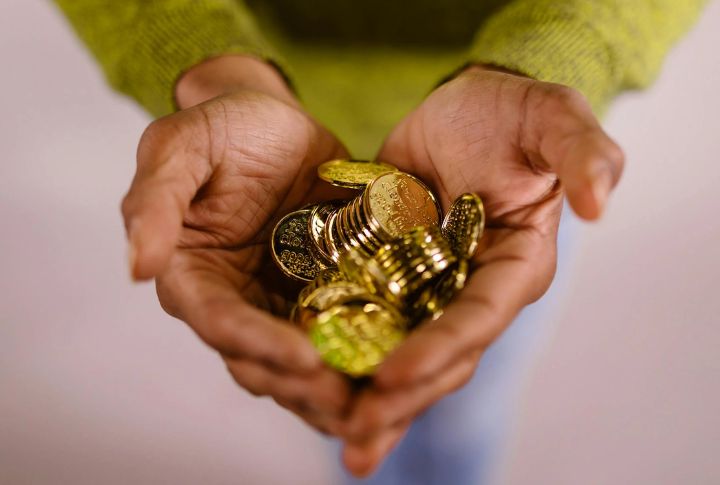
Every jingle is a risk. When coins share space—in a jar or in a drawer or wherever—they grind into each other. Friction dulls details, and scratches destroy surfaces. Those innocent sounds are slowly slicing off value. Protect each coin because it’s not just another piece of metal, and damage accumulates.
Dropping Coins On Hard Surfaces
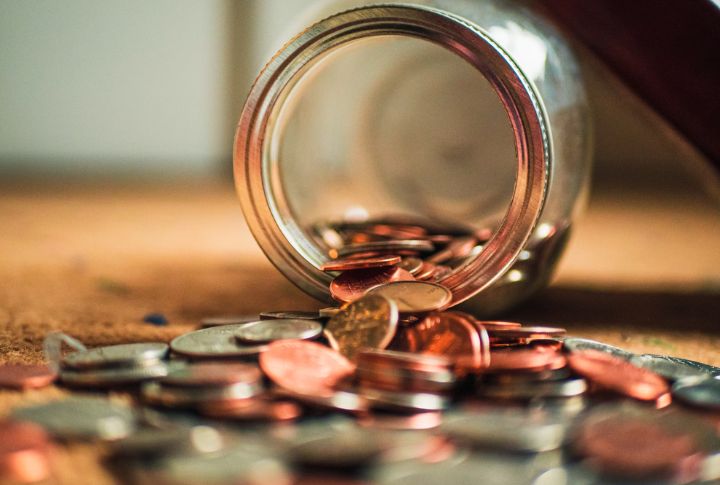
One fall is all it takes. You slip, and it hits the hard ground. If your stomach drops with it, then you know what just happened. That single bounce off tile or concrete could cause dents, scratches, or worse. Collectors notice every flaw, so stick with soft surfaces.
Exposing Coins To Humid Or Fluctuating Environments
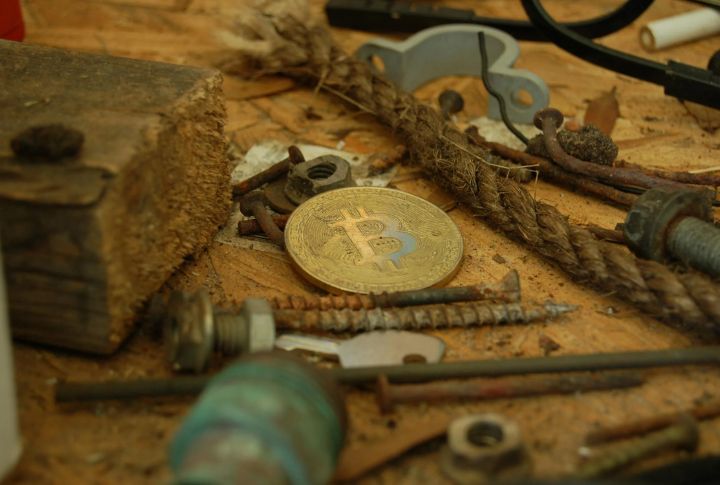
Moisture and the rise and fall of heat slowly eat at your coin’s surface like rust with a grudge. You may think garages and basements are harmless storage spots, but they’re chemical war zones for coins. Controlled environments prevent disaster. Rust ruins everything and doesn’t need permission.
Skipping Coin Grading For High-Value Pieces

You found something special or maybe even rare but skipped professional grading. Big mistake. Grading verifies condition, confirms authenticity, and boosts buyer confidence. Without it, your coin’s price potential sinks. Considering that a buyer needs trust for high-dollar transactions, you should stop thinking that certification is optional.
Writing Directly On Coin Holders Or 2x2s

Penning a quick note or a date may feel like nothing. Is it? The thing is that ink seeps and stains. That marker can eat through cardboard and send fumes right into your coin’s safe space. Labels should be neat and archivally sound. Ugly flips cheapen your presentation.
Using Tape, Glue, Or Rubber Bands On Coins

Tape leaves a residue, glue stains surfaces, and rubber bands dig in and distort metal over time. Every shortcut adds long-term damage that can’t be undone. Know that this is an amateur’s way of storing coins. Graders will notice it, and this slip then becomes a value killer.
Cleaning Coins With Household Products
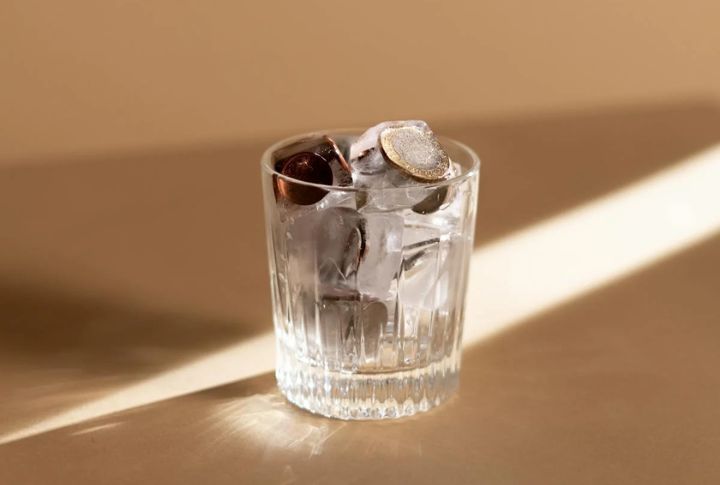
Vinegar, baking soda, and other home products aren’t magic fixes. Instead, they’re destructive acids and abrasives in disguise. You think you are restoring beauty, but you’re stripping it. Even soft cleaning can wipe away fine detail. What looks clean may already be beyond financial recovery.
